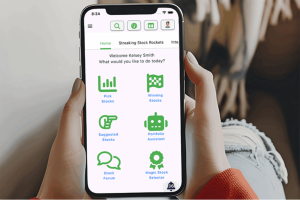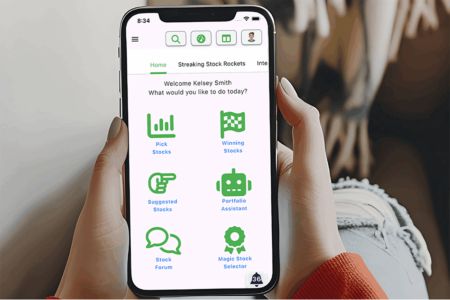Entrepreneur
Success in sales is not just about charisma or closing techniques — it’s about understanding the psychology of your customers and guiding them through a structured process. One such process is called the Four Boxes, a step-by-step approach designed to help sales professionals build trust, overcome customer objections, and achieve higher close rates. Here’s a breakdown of how it works:
1. The introduction (10% of the sales process)
Your introduction sets the tone for the entire sales interaction. This is your opportunity to overcome every customer’s first objection: an inherent mistrust toward salespeople. Building trust and likability right out of the gate is key.
A successful introduction should:
- Set the prospect at ease — this includes overcoming both their fear of the unknown and the fear of being “sold.”
- Tell them what is going to happen next — explain the process of the sales call
- Make them understand you are looking out for their best interests… not your own
- Make them believe they are in control.
Remember, the goal is to make your prospect feel comfortable enough to listen. If you fail to overcome this initial barrier, you’ll face resistance throughout the rest of the process.
Related: 8 Steps to a Successful Sales Call – Sales Checklist
2. Fact-finding (70% of the sales process)
The fact-finding phase is the heart of your sales process — it’s where the sale is truly made. This step is about uncovering the customer’s needs and motivations and overcoming their known objections before they have them. Here’s how to excel at this stage:
- Find their why and when first. Why are they looking? Why now? Why with you? And when are they looking to buy
- Use questions designed to overcome future objections
- Actively listening to their answers and giving a connective response is the key to creating a strong connection
- Never asking for a budget, instead anchor their budget within a specific range
The key to this stage is to talk less and listen more. Let your customer reveal what matters most to them. Addressing these concerns early eliminates barriers to closing later. If executed properly, this stage is where the client should already begin to close themselves.
Related: How to Better Manage Your Sales Process
3. The presentation (10% of the sales process)
Contrary to popular belief, the presentation is not where you try to “sell” your product or service. Instead, it’s a concise explanation of how your solution meets the customer’s specific needs. You should have gathered enough information in your fact-finding to tailor your presentation to focus only on what your customer is looking for. Effective presentations:
- Reaffirm what the customer has already decided during the fact-finding stage (that your product is right for them!)
- Focus only on the benefits most relevant to their concerns
- Avoid overwhelming them with unnecessary details and technical jargon
Keep it simple and compelling. Remember, customers only retain about 20–30% of what they hear, so your message needs to be clear and memorable. You’ve already broken down the wall of mistrust, so don’t build it up again by wasting your customers’ time.
Related: How to Shorten Your Sales Cycle With 9 Simple Steps
4. The close (10% of the sales process)
If the first three steps are executed properly, the close becomes merely a formality. By this point, the customer should:
- Understand how your product or service works
- Understand how your product or service addresses their needs.
- Agree that it fits within their budget.
- Feel confident about moving forward.
The close isn’t about pressure or manipulation. It’s simply confirming the decision they’ve already made. When done right, it feels natural and mutually beneficial.
Success in sales doesn’t come from flashy tactics but from consistent practice and mastery of the sales process. The Four Boxes should be the framework that allows you to build out the perfect process that works best for you and your field of sales, but ultimately, the execution of that process is entirely up to you. Know that confidence comes from repetition, and role-playing and practicing responses to common scenarios can make this process second nature.
Great salespeople don’t push or trick customers into decisions — they guide them toward solutions that genuinely meet their needs. They break through the dreaded “wall of mistrust,” build real connections, actively listen to their customer’s needs, and provide them with a solutions to those needs. Mastering this framework will improve your close rates, but it will also create stronger, more trusting relationships with your customers that will keep them coming back to you.
Read the full article here









